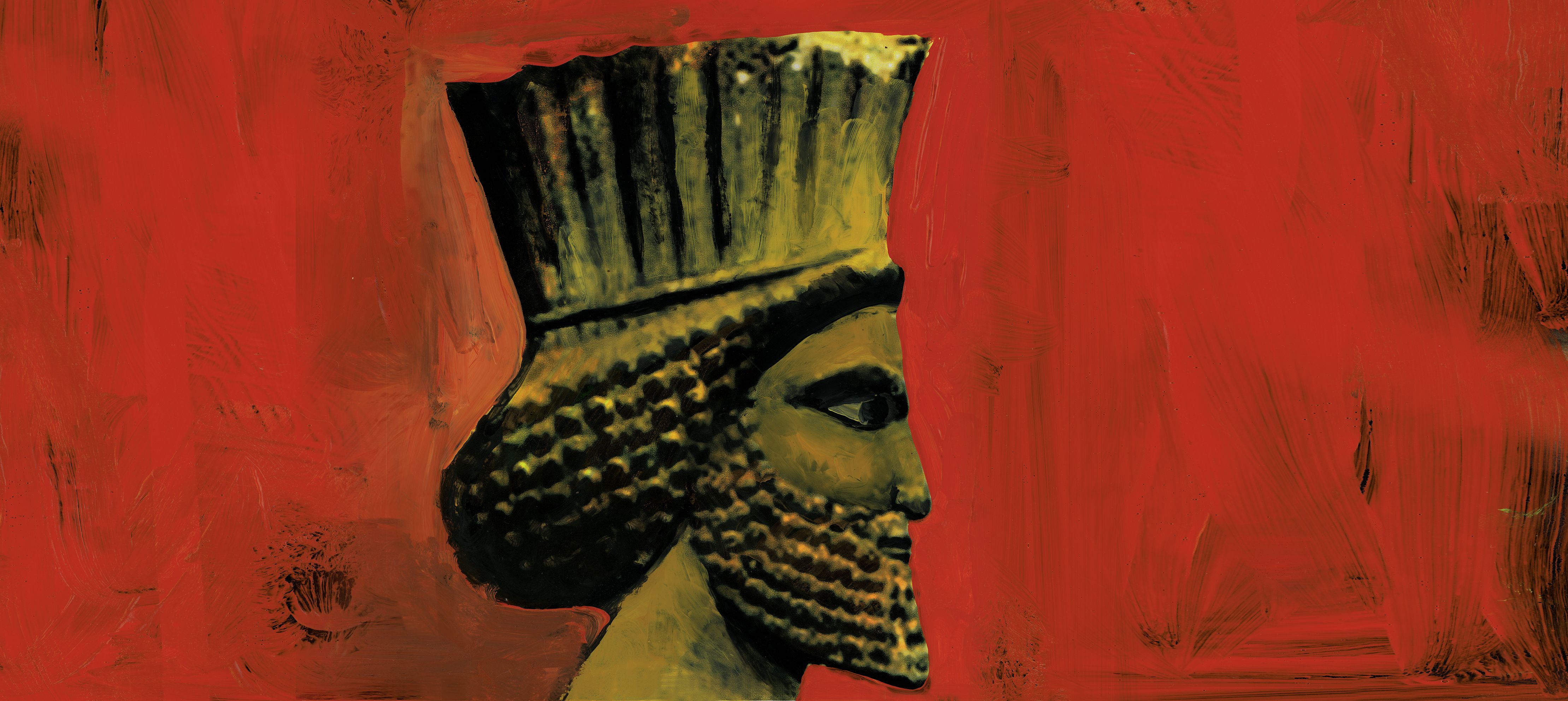‘Il Ciro’, the rediscovery of an opera by Alessandro Scarlatti, staged for the first time in modern times on 10 and 11 October 2025 at the Teatro Goldoni in Florence

The Teatro del Maggio announces the programming, the first modern performance, of Alessandro Scarlatti's opera “Il Ciro”, on the 300th anniversary of the composer's death.
Chiara Cattani will conduct The Academia Montis Regalis; the direction is by Maria Paola Viano.
The backdrops for the show are based on Filippo Juvarra's original drawings.
The opera will be performed at the Teatro Goldoni in Florence on Friday, October 10th, at 8pm and Saturday, October 11th 2025, at 5pm.
Tickets will be on sale starting from Friday, August 1st.
Florence, July 31st, 2025 – Teatro del Maggio Musicale Fiorentino Foundation announces, in co-production with the Fondazione Academia Montis Regalis, Alessandro Scarlatti's opera Il Ciro, based on the play by Cardinal Pietro Ottoboni, never performed in modern times since its premiere in 1712. Two performances will be held: the first one on Friday, October 10th, at 8pm, and the second one on Saturday, October 11th, 2025, at 5pm, in the historic Teatro Goldoni in Florence, the Maggio Fiorentino’s elegant and intimate "Italian-style" theater in the ‘Oltrarno district’, an ideal stage for showcasing works from the precious Baroque repertoire. Tickets will be on sale starting from Friday, August 1st.
"This is an extraordinary event, restoring a forgotten masterpiece to theatrical life, revealing Scarlatti's immense, often overlooked creative richness, whose influence profoundly affected the history of European music," says Maggio Musicale Fiorentino Superintendent Carlo Fuortes, who continues, “This production fits perfectly with the Maggio Musicale Fiorentino's mission: to be a place of artistic excellence, but also of research, rediscovery, and valorization of musical heritage. Bringing Il Ciro under the spotlight means not only paying homage to a giant of the Italian Baroque, but also offering contemporary audiences the opportunity to hear a work from the past that combines discovery and beauty. I thank everyone who made this ambitious project possible—starting with Maurizio Fornero, director of the Academia Montis Regalis—with the understanding that only through the dialogue between memory and innovation can musical theater truly be renewed.”
"On the three-hundredth anniversary of his death, Il Ciro offers an opportunity to pay homage to one of the finest masters of the Italian Baroque," says Maurizio Fornero of the Academia Montis Regalis. “Alessandro Scarlatti was an extraordinary innovator, capable of blending formal rigor and theatrical expressiveness with rare mastery. Bringing this score back to life not only highlights a musical heritage that is still too rarely performed, but also offers audiences the opportunity to rediscover the power and modernity of his language. It is an artistic challenge we are embracing with enthusiasm, together with our partners, whom I sincerely thank: Carlo Fuortes, the director of the Maggio Musicale Fiorentino, for his support and shared vision; and Piero Maranghi, director of Sky Classica HD, for believing in the cultural value of this rediscovery and for his invaluable contribution to its dissemination.”
The Baroque Orchestra of the Academia Montis Regalis will be conducted by Chiara Cattani, with Maria Paola Viano directing the opera. The sets are by Darko Petrovic, costumes by Giovanna Fiorentini, and lights design by Nevio Cavina. Some of the backdrops for the performance are based on Filippo Juvarra's original designs. The production will be documented and filmed by Sky Italia, which will produce a documentary. The opera will be broadcast on the platform on October 24th, 2025, on the occasion of the three-hundredth anniversary of the composer's death. The critical edition of Ciro, produced by Professor Nicola Badolato, is the result of a research project conducted as part of the Advanced Studies Grant from the 1563 Foundation for Art and Culture of Turin on the Age and Culture of the Baroque (Culture, Art, and Society in the Time of Juvarra), awarded to him for the two-year period 2013–2015. The edition was subsequently published in 2017 by the Italian Institute for the History of Music.
The first modern performance of the opera written by Alessandro Scarlatti—one of the most important representatives of the Neapolitan musical school and one of the greatest Italian opera composers of the late 17th and early 18th centuries—for the inauguration of the Teatro del Palazzo della Cancelleria in Rome, is now being staged to mark the 300th anniversary of the death of the Palermo-born composer in Naples on October 24th 1725. Some backdrops for the current new production at the Teatro Goldoni are based on original drawings by Juvarra himself, who also designed the theatre of the Palazzo della Cancelleria, where the opera was staged for the first and only time, probably in the last days of December 1711 or, according to some research, more likely on January 7th, 1712. This is the third drama written by the Cardinal after “Costantino Pio” from 1710, set to music by Carlo Francesco Pollarolo, and “Teodosio il Giovane” from 1711, set to music by Filippo Amadei. After Il Ciro, the cardinal wrote his final opera, Eraclio. During his fruitful association with Cardinal Ottoboni, his patron, Scarlatti set other works by the cardinal before Il Ciro: a five-part oratorio, La Giuditta, the drama, La satira, and the second act of the opera, La Santa Genuina.
The opera's simple and linear narrative, in three acts with a symphony, unfolds parallel to the visual narrative, in a succession of arias and recitatives, with duets, two concluding choruses, and three dances. It explores all the typologies of an ideal Arcadian journey and stages the recognition of Ciro—the heir to the throne usurped by the evil Astyages, king of Media—in the innocent shepherd Elcino, raised by Mitridate (along with his other daughter, Erenia) after being abandoned and destined for death by his father, Cambises. Ciro ultimately assumes sovereign power; His recognition coincides with the triumph of truth over deception, and his virtuous innocence brings about the immediate regeneration of the court and the entire kingdom. Parallel to this plot, a love story unfolds, which will see Cyrus reunite with his beloved Sandane, albeit hindered by the harassment of his half-sister Erenia, who in turn is infatuated with the nobleman Arsaces.



